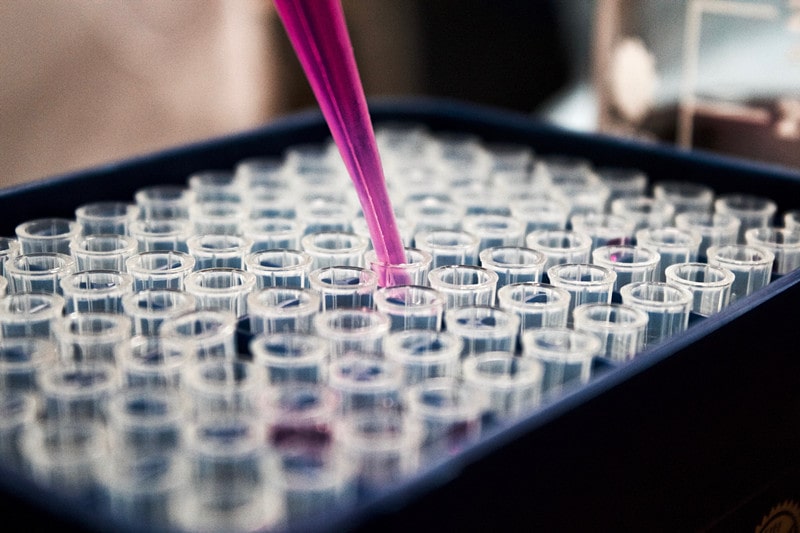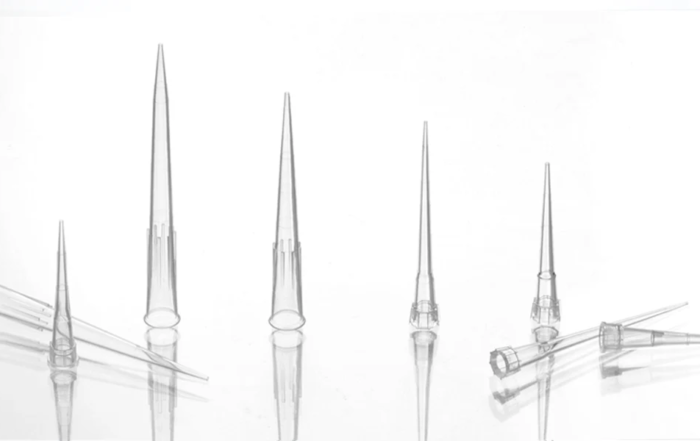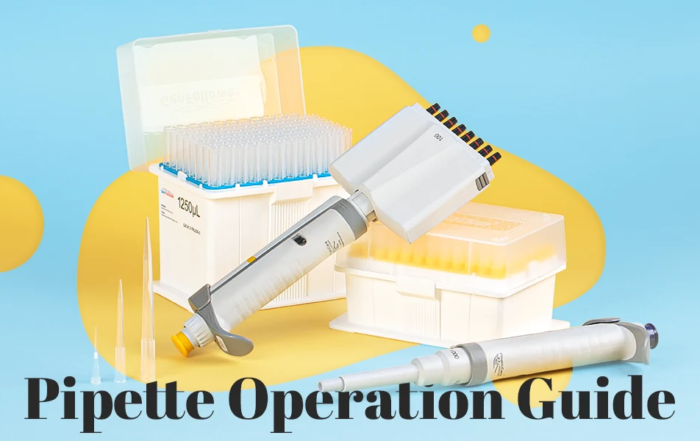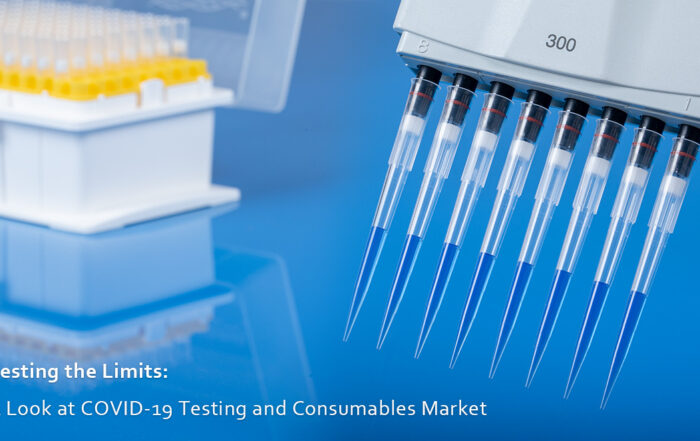
Shocking statistics reveal that around 8.3 billion metric tons (9.1 billion US tons) of plastic has been produced worldwide since plastic was introduced way back in the 1950s. The amount of plastic produced every year is almost the same as the cumulative weight of humanity. Further, it has been found that 91% of plastic waste isn’t ever recycled.
While plastic products are supposed to be long-lasting and durable, nearly half of the world’s annually produced plastic items are created for one-time use, which results in massive amounts of waste that takes decades to degenerate.
Life science laboratories contribute greatly to this waste. Bio-scientific research alone is thought to be responsible for 1.8% of total global plastic production. As per 2015 data, global biosciences labs may have produced around 5.5 million tons of plastic, even though researchers make for a minuscule segment of the world’s population.
Thanks to these eye-opening findings, life scientists and researchers are realizing the need to reduce plastic waste in their labs. To this end, they are altering their procedures and practices, while institutes are rolling out recycling programs to prevent plastics from ending up in landfills, and labware companies are manufacturing eco-friendly reusable plastic equipment.
Minimizing Plastic Waste in the Laboratory
Stanford University researcher Nidhi Sharma realized just “how much trash I was generating” a few years into her postdoc when she was genotyping a number of mutant plants using PCR. She would end up using 400 plastic PCR tubes on some days, which meant a lot of plastic waste.
Fortunately, she wasted no time in deciding to reduce plastic wastage in her lab wherever possible. Instead of growing each of her plants in separate disposable plastic pots, she began growing three to four plants in a single one. She also began reusing plastic labels by washing them in ethanol. Moreover, she started growing her cell cultures in small plastic PCR tubes instead of bigger ones to cut down on waste.
While these changes may seem small, they go a long way in protecting the environment from plastic pollution in the long term. Ms. Sharma now encourages her students to follow in her footsteps in this endeavor.
Nidhi Sharma is not the only one taking solid steps to reduce plastic waste in labs. Nicole Kelesoglu, Editor of the sustainable lab protocols blog, Labconscious notes that some progressive institutions are also helping researchers lower plastic waste through sharing programs for reagents and consumables.
The University of Michigan, for example, has set up a program that enables researchers to donate surplus equipment, chemicals, and resources to other researchers at the university to may need them.
Scientific labs are also shunning single-use plastic equipment and turning to reusable glassware for containing media and performing other tasks, which brings us to our next point.
Recycling Single-Use Plastics Used in Scientific Experiments
A huge amount of waste plastic generated by science labs goes straight to landfill every year as the majority of recycling plants hesitate to accept it due to perceived health and safety risks. With an aim to save the situation, a team at the University of York has devised a system which helps recycle single-use plastics used in laboratories.
Usually, contaminated plastic lab equipment is heated at high temperatures for sterilization, bagged and disposed in landfills in special bags. In order to recycle plastic, it has to be recyclable to begin with. However, several labs use plastic equipment made from different materials and source it from multiple suppliers.
The team began its initiative by reviewing the types of plastics they were using and where they were being sourced from. They then created a color-coded checklist of the types of plastics they stocked in the lab.
The team trimmed the number of suppliers they used, which helped them reduce the need for multiple deliveries. Larger lab containers were used only when necessary and an in-house “decontamination station” was created.
This station helps soak plastic in an advanced disinfectant for 24 hours. The plastic is then rinsed with water and placed in color-coded recycle bins for collection. Once this process is over, the plastic becomes ready for recycling.
The team, along with their staff and students, continually works to raise awareness of this in-house recycling method while encouraging other labs to clean up their plastic waste disposal.
Firms like UK-based Terracycle are doing their bit to help reduce laboratory plastic footprint through their recycling programs. One of their initiatives, called the ‘Nitrile Glove Recycling Programme – the first recycling programme for disposable gloves’ converts disposable gloves to new plastic products like park benches and waste bins.
Bringing Sustainability to Lab Routines
Through a project undertaken by the Greenimim Team in the Nanotechthon of the Laboratory of Nanobiotechnology (LNANO), they strove to demonstrate that it is possible to lower plastic waste and bring sustainability to lab practices that require large-scale use of plastic equipment. Their experiment was an attempt to form a cycle of sustainable technological practices in labs.
The participants observed that a number of plastic objects, such as tips and polypropylene tubes, are used in labs daily on a large scale. This can mean only one thing – gigantic amounts of plastic waste that keeps accumulating. Treatment processes can be extremely costly and can ruin the environment. They, therefore, suggested reusing waste materials as filaments for 3D printing of new objects that can be used in labs.
This project also aimed at making the research lab a self-sustaining area. The final purpose was to 3D print essential labware. The waste that is discarded in large scale in labs would serve as feedstock, allowing its reuse.
While the outcomes of this experiment are yet to be known, it did get successfully funded and found a number of backers who supported this cause. This is indicative of the fact that initiatives for bringing sustainability into lab routines are the need of the hour.
Conclusion
While lab researches and experiments often serve a higher purpose, their environmental impact cannot be completely ignored or excused. Now that it is evident that plastic waste from labs is a cause for concern, it is time laboratory workers acted responsibly and took steps to mitigate the adverse effects. While some are making this effort proactively, it is yet to be duplicated on a larger scale. It is important to work towards reducing landfill waste. Only then can lab findings be truly beneficial to society.
You might be interested in our featured products: centrifuge tubes, serological pipettes, microcentrifuge tubes or browse all products here.
The Ultimate Guide to Pipette Tips
Welcome to the Ultimate Guide to Pipette Tips—your comprehensive resource for everything you need to know about these indispensable laboratory tools! Whether you're new to the lab or a seasoned scientist, understanding pipette tips [...]
Beginner’s Guide: How to Use a Pipette Correctly
Beginner's Guide: How to Use a Pipette Correctly Whether you're preparing reagents or conducting various experiments, pipettes are indispensable in the lab. However, many beginners often feel confused when using them, sometimes [...]
Testing the Limits: A Look at COVID-19 Testing and Consumables Market
The COVID-19 pandemic has drastically impacted every aspect of our lives, from the way we socialize and work to how we travel and shop. At the center of the health crisis is the [...]


